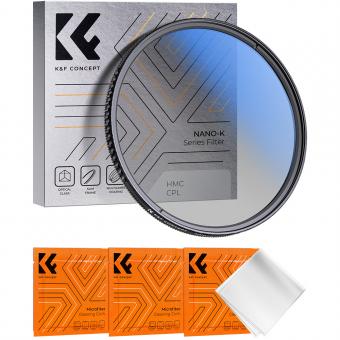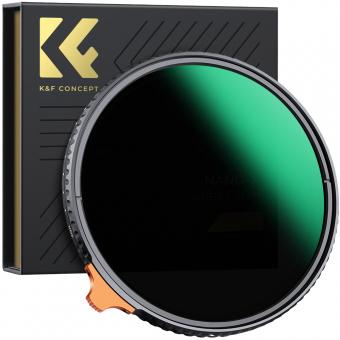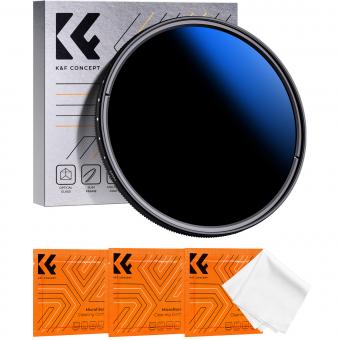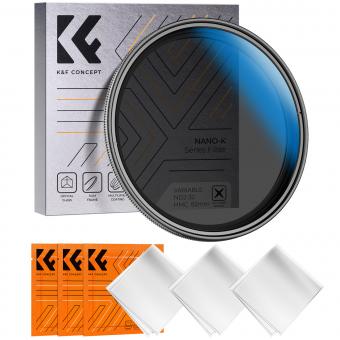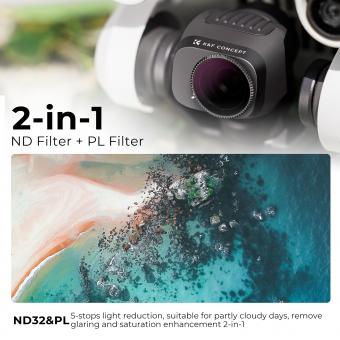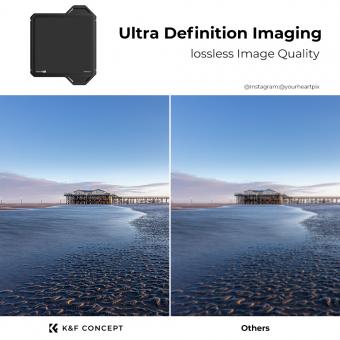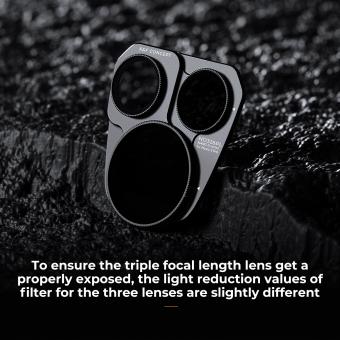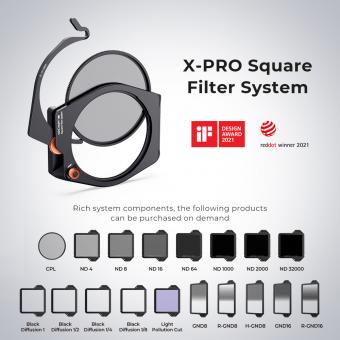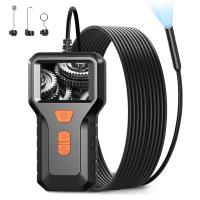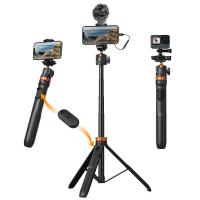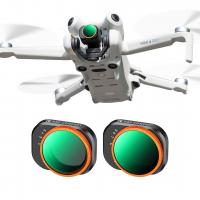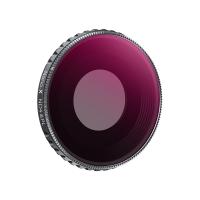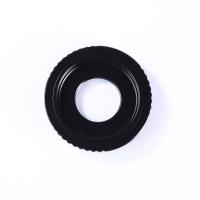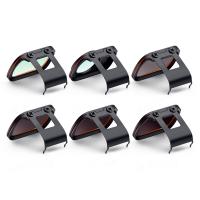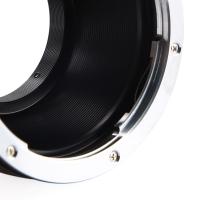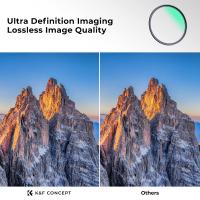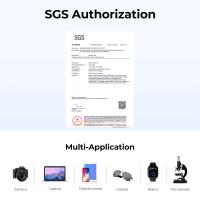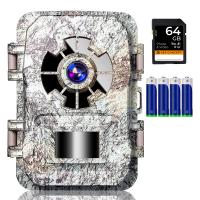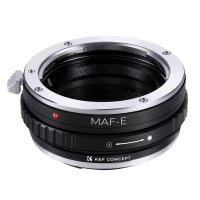Nd1000 How Many Stops ?
The ND1000 filter typically reduces the amount of light entering the camera by 10 stops.
1、 Exposure Value (EV) Stops
The term "nd1000" refers to a neutral density filter with a light reduction factor of 1000. This filter is commonly used in photography to reduce the amount of light entering the camera, allowing for longer exposures or wider apertures in bright conditions.
In terms of stops, an nd1000 filter reduces the amount of light by approximately 10 stops. Each stop represents a doubling or halving of the amount of light reaching the camera's sensor. So, an nd1000 filter reduces the light by a factor of 2^10, which is equal to 1024.
To calculate the number of stops, we can use the formula:
Number of Stops = log2(Light Reduction Factor)
In this case, the light reduction factor is 1000, so the number of stops would be:
Number of Stops = log2(1000) ≈ 9.97
Therefore, an nd1000 filter reduces the light by approximately 10 stops.
It's important to note that the term "nd1000" is specific to this particular filter, and other neutral density filters may have different light reduction factors. Additionally, the concept of stops is a fundamental aspect of exposure in photography, allowing photographers to control the amount of light reaching the camera's sensor and achieve the desired exposure.
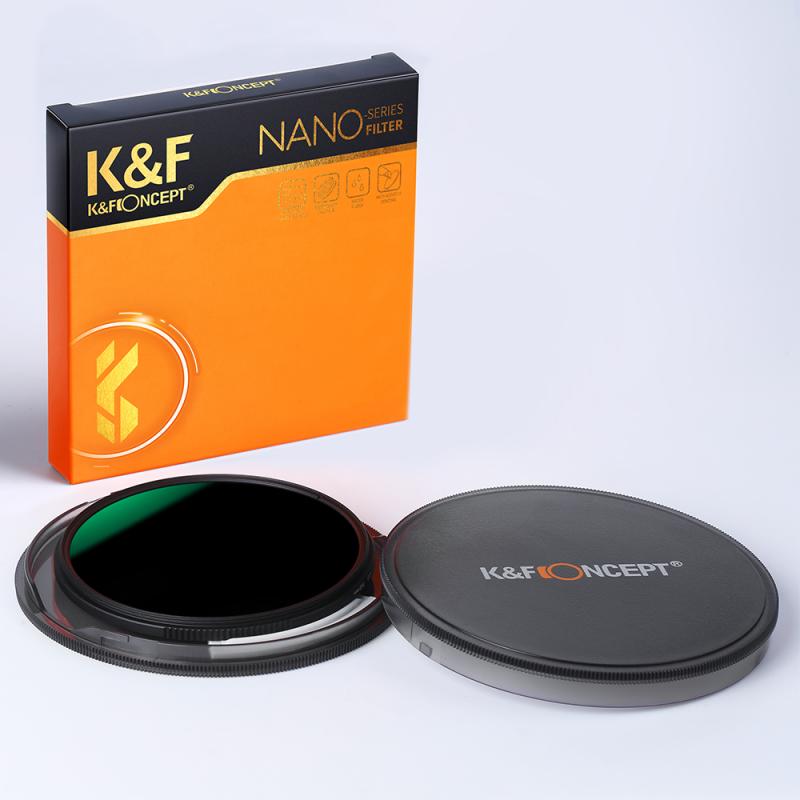
2、 Dynamic Range Stops
The term "nd1000" refers to a neutral density filter that reduces the amount of light entering the camera by 10 stops. In photography, stops are used to measure the difference in exposure between two settings. Each stop represents a doubling or halving of the amount of light.
When we say "Dynamic Range Stops," we are referring to the range of light that a camera sensor can capture, from the darkest shadows to the brightest highlights. The dynamic range is typically measured in stops, and a higher dynamic range means the camera can capture a wider range of tones.
So, if we consider the "nd1000" filter, it reduces the amount of light entering the camera by 10 stops. This means that the camera's dynamic range is effectively reduced by 10 stops when using this filter. The camera will struggle to capture details in both the shadows and highlights, as the reduced light will limit the range of tones that can be recorded.
However, it's important to note that the concept of dynamic range is not solely determined by the use of a filter. It also depends on the capabilities of the camera sensor itself. Modern cameras have made significant advancements in dynamic range, allowing them to capture a wider range of tones even with the use of filters.
In conclusion, using an nd1000 filter reduces the dynamic range of a camera by 10 stops. However, the overall dynamic range of a camera is not solely determined by the use of a filter, but also by the capabilities of the camera sensor itself.
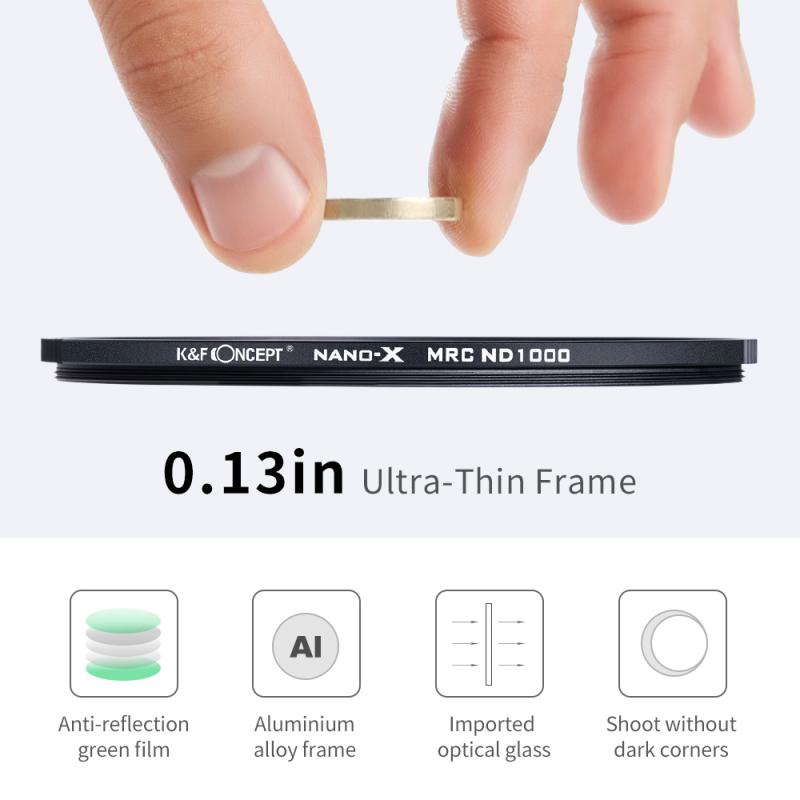
3、 Neutral Density (ND) Filter Stops
The term "nd1000 how many stops" refers to the Neutral Density (ND) filter with a density of 1000, which is commonly used in photography to reduce the amount of light entering the camera lens. The number of stops indicates the amount of light that is blocked by the filter.
In the case of an ND1000 filter, it blocks approximately 10 stops of light. This means that when the filter is attached to the lens, the exposure time needs to be increased by a factor of 10 to achieve the same level of brightness in the image. For example, if without the filter, a correct exposure would require a shutter speed of 1/100th of a second, with the ND1000 filter, the shutter speed would need to be increased to 1 second.
The ND1000 filter is particularly useful in situations where there is too much light, such as when shooting in bright daylight or when capturing long exposure shots of moving water or clouds. By reducing the amount of light entering the lens, the filter allows for longer exposure times, resulting in smoother and more ethereal images.
It's worth noting that the term "nd1000 how many stops" may also refer to the specific brand or model of an ND filter. Different manufacturers may have slight variations in the density and the number of stops they block. Therefore, it's always recommended to refer to the specifications provided by the manufacturer for accurate information.
In conclusion, an ND1000 filter blocks approximately 10 stops of light, allowing photographers to achieve longer exposure times and create stunning effects in their images.

4、 ISO Sensitivity Stops
The term "nd1000" refers to a neutral density filter with a light reduction factor of 1000. This filter is commonly used in photography to reduce the amount of light entering the camera, allowing for longer exposure times or wider apertures in bright conditions.
When we talk about "ISO Sensitivity Stops," we are referring to the ability of a camera to adjust its sensitivity to light. Each stop represents a doubling or halving of the ISO value, which affects the camera's overall exposure.
The number of stops a camera can adjust its ISO sensitivity depends on the specific camera model. In recent years, advancements in camera technology have led to significant improvements in ISO performance. Many modern cameras offer a wide range of ISO sensitivity stops, typically ranging from around ISO 100 to ISO 25600 or even higher in some cases.
It's important to note that higher ISO settings can introduce more noise or grain in the image, so photographers often strive to use the lowest ISO setting possible while maintaining a well-exposed image. However, in low-light situations, increasing the ISO sensitivity can be necessary to capture a properly exposed photo.
In conclusion, the number of ISO sensitivity stops a camera can offer varies depending on the camera model. It is always recommended to consult the camera's specifications or user manual to determine the specific ISO range and stops available.



